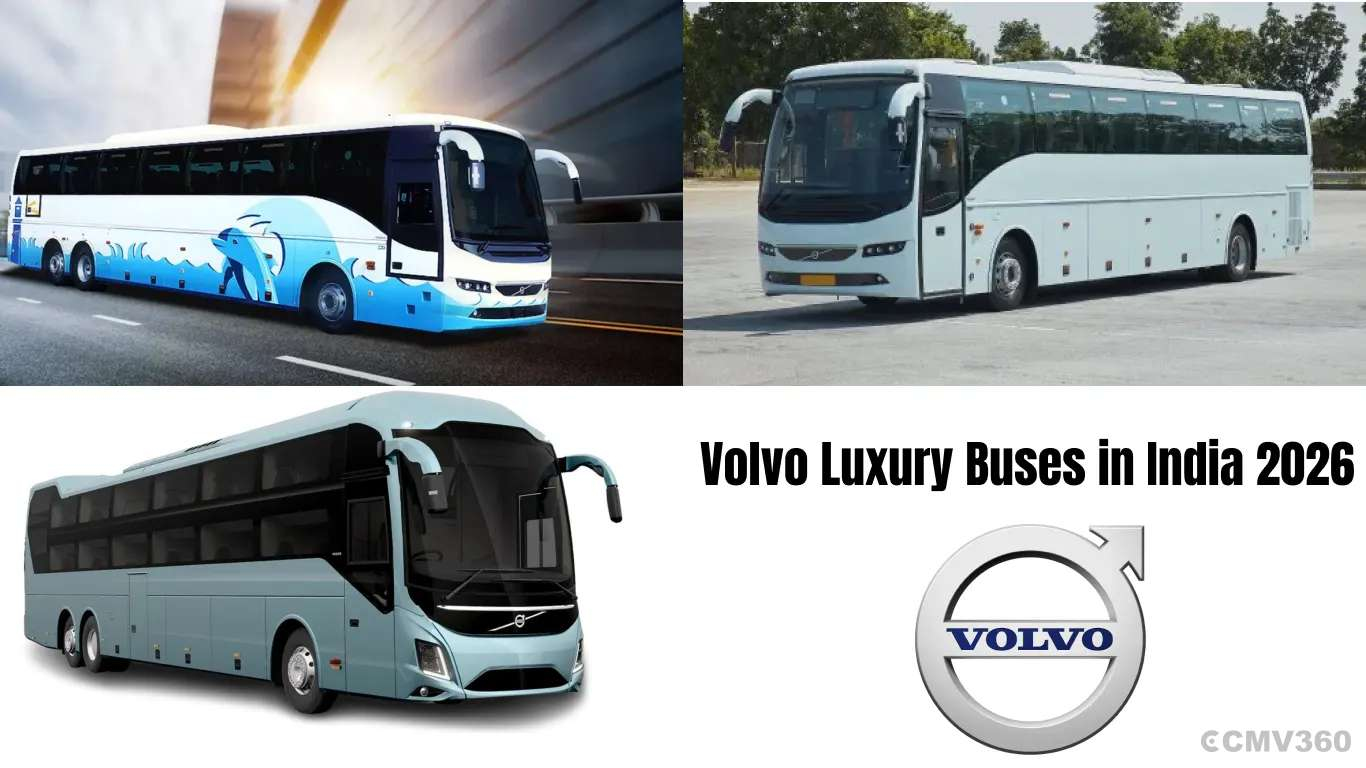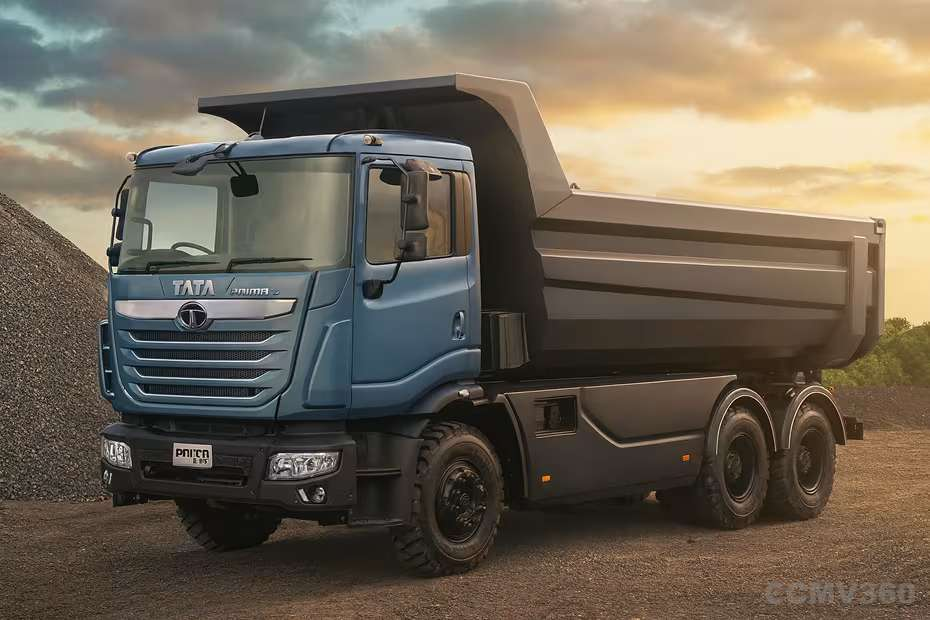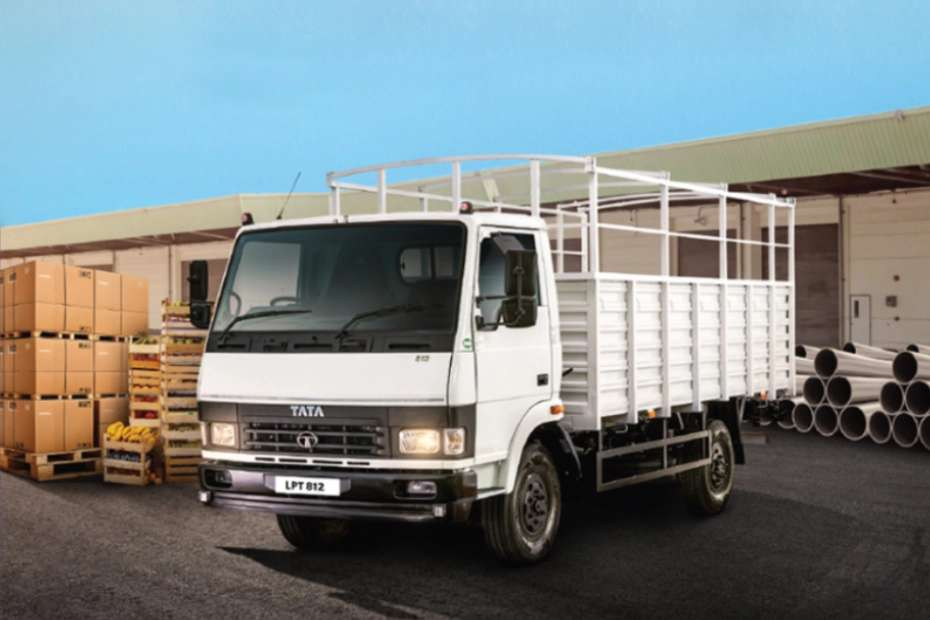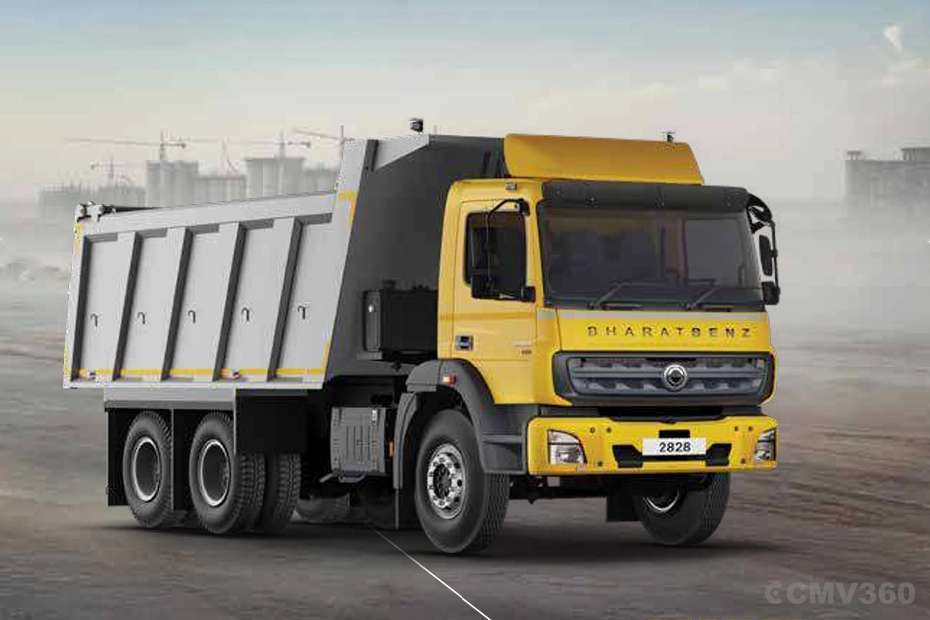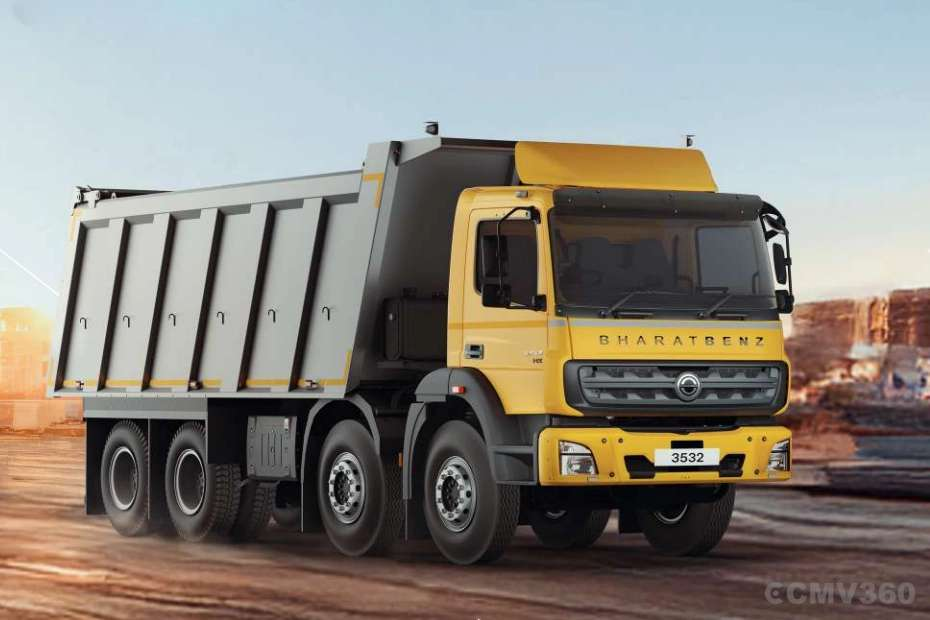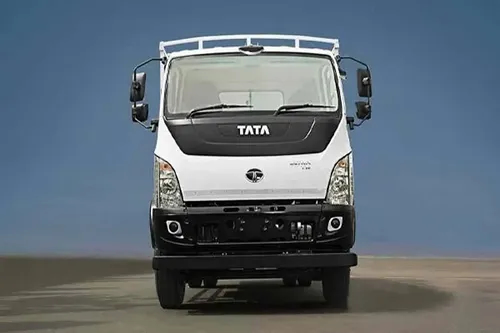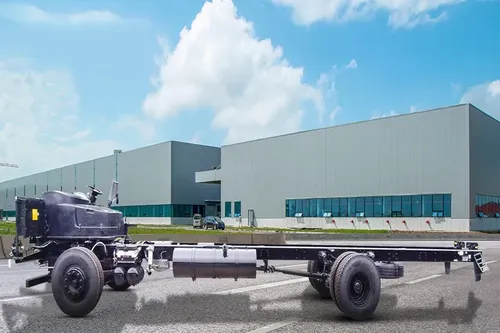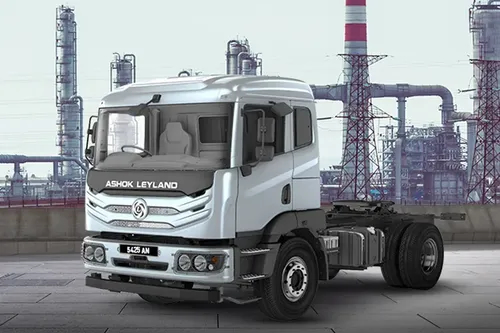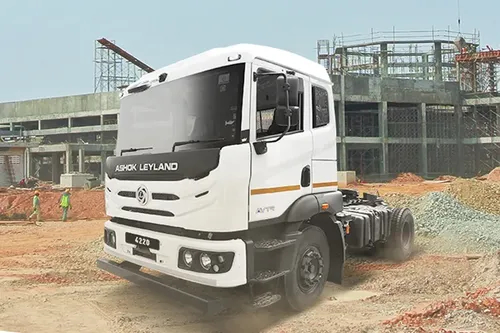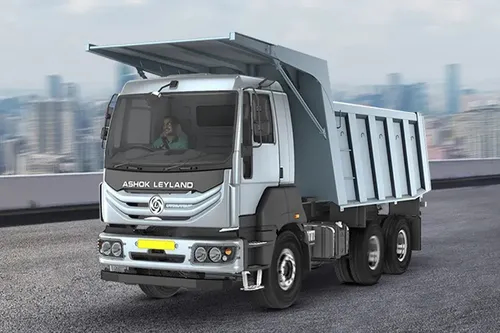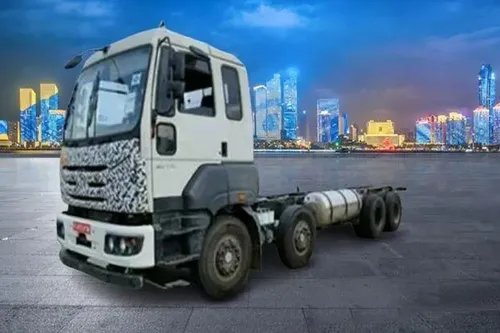Ad
Ad
ADAS Improves Road Safety and Efficiency of Commercial Vehicles: Benefits and Drawbacks
ADAS notifies the driver of a possible disaster and may even act to prevent an accident. ADAS-equipped vehicles can sense their surroundings, process this data rapidly and precisely in a computer system, and send the appropriate output to the driver.

Stringent pollution standards, the incorporation of various alternative fuels, the transition to net zero emissions, and vehicular safety are significant emphasis areas for automotive manufacturers worldwide. Infrastructure, which is an essential component of the country's economic ecology, is expected to expand significantly in the next years.
Highways are an essential component of the country's infrastructure and have a significant impact on its growth and development. India has the world's second-largest road network, extending 60 lakh kilometres, and caters to high traffic volumes, with a diverse range of passenger and commercial vehicles. In this context, a methodical approach to ensuring safety is essential, as is good coordination among all parties.
The government has implemented a number of significant steps to improve road safety, and automakers are also working hard to strengthen their efforts in this area. While passive safety elements, such as seatbelts or airbags, have traditionally been common, a greater focus is now being placed on active safety features, which come into play before an accident occurs.
Advanced driver assistance systems (ADAS), which make use of advanced technologies and intelligent software, are becoming significant mechanisms in aiding the establishment of active safety in modern automobiles.
What do you mean by ADAS?
ADAS (Advanced Driver Assistance Systems) is a safety technology meant to eliminate human mistakes when operating various types of automobiles. ADAS systems use cutting-edge technologies to assist drivers while driving and thereby improve driver performance.
ADAS employs a variety of sensor technologies to detect the environment surrounding the vehicle and then either conveys information to the driver or take action as needed. ADAS systems are now found in cars, trucks, buses, military vehicles, agricultural equipment, and construction machinery.
How Does ADAS Work?
ADAS notifies the driver of a possible disaster and may even act to prevent an accident. ADAS-equipped vehicles can sense their surroundings, process this data rapidly and precisely in a computer system, and send the appropriate output to the driver.
Advanced sensors in ADAS-equipped automobiles supplement the human driver's eyes, ears, and decision-making. The ADAS system architecture consists of a collection of sensors, interfaces, and a powerful computer processor that integrates all data and makes real-time decisions.
These sensors are constantly scanning the surroundings around the vehicle and sending data to onboard ADAS computers for prioritizing and action. Today, they are saving lives by averting accidents that would have occurred in the absence of ADAS. This technology will eventually lead to fully autonomous automobiles.
The features and operations of ADAS
Let us begin by learning about the features and operation of ADAS. ADAS is essentially a collection of sophisticated safety systems designed to assist drivers, incorporating a wide range of technologies such as electronic stability control, anti-lock braking, driver state monitoring, lane departure warning, and autonomous emergency braking to help avoid or mitigate accidents.
This significantly improves safety, particularly in commercial vehicles, since the capacity for passive safety systems to provide protection decreases as vehicle weight grows (towards higher tonnage).
In terms of operation, ADAS works in three stages.
During the "sense" phase, the vehicle observes and interprets its existing environment. Second, in its "think phase," it evaluates the information it gets and prepares a driving strategy. Lastly, in its "act" phase, it employs its powertrain, steering, and brake system interventions to put this driving plan into effect to avoid accidents.
An ADAS requires numerous critical components to carry out these stages, including a camera, radar, LiDAR, ultrasonic sensors, controllers, and actuators. The levels of automation available in this system range from level O to level 5, representing no automation to full automation. Each level of automation includes technologies that improve the vehicle's automation, safety, and driving experience.
Advantages of ADAS
Fundamentally, such systems can significantly reduce the effects of human error, which remains the top cause of accidents, by informing the driver in real-time or taking action to avert accidents themselves. This means that with technologies like front collision warning and autonomous emergency braking, there will be fewer fatalities.
Because of the presence of ADAS systems such as driver monitoring systems, autonomous emergency braking, lane keep assist, and so on, there is great potential for accident reduction. The system's comfort elements would also alleviate driver tiredness and foster a stress-free atmosphere for drivers, assisting in the detection of overexertion.
Aside from increasing safety, ADAS systems can assist reduce vehicle downtime and related insurance claims, saving fleet expenditures. Because the system is coupled with smart technologies, it may also assist the fleet use energy more efficiently and create actionable routes to effectively navigate traffic.
Ultimately, this would result in a large reduction in operational expenses due to level optimization. With growing automation levels in ADAS features, there is even more potential for cost savings in fleet operations.
According to research, "truck platooning," or the joining of trucks within a convoy on the highway using ADAS and connected technologies, can result in a 15% reduction in the total cost of ownership (TCO).
The future route
While the revolutionary potential of advanced technologies, such as ADAS, is apparent for a huge and diverse nation like India, it is also vital for us to be aware of several characteristics that will be determinants in its future dissemination.
To achieve ADAS's stability, flawless coordination between its various components is required, as well as extensive study, integration, and optimization for the Indian context. To enable the maximum effectiveness of the devices, the road infrastructure must also be properly signposted.
Tata Motors has already begun this path by introducing India's first-ever ADAS system, which includes features such as collision mitigation, lane departure warning, hill hold assist, and tyre pressure monitoring, among others.
Automakers must continue to develop more advanced algorithms within ADS to improve precision while promoting autonomous driving. Along with other ecosystem players, manufacturers must prioritize the safety and well-being of customers, paving the road for a safer tomorrow.
Features & Articles
Popular Bus Brands in India 2026
Explore popular bus brands in India 2026 with prices, models, USPs, electric buses, and buying insights. Covers Tata, Volvo, Ashok Leyland, Eicher, Force, Mahindra, Olect...
08-Jan-26 04:06 PM
Read Full NewsPopular Volvo Luxury Buses in India 2026: Complete Guide to Volvo Buses Prices, Specs, and Key USPs
Premium Volvo buses in India explained with prices, features, and specifications. Detailed guide covering Volvo 9400 and Volvo 9600 luxury coaches, safety, comfort, and t...
06-Jan-26 11:28 AM
Read Full NewsTop 10 Commercial Vehicles to Buy in India in 2026
Explore the top 10 commercial vehicles in India for 2026, including cargo trucks, pickups, buses, and electric three-wheelers with prices, specs, payload, mileage, and be...
06-Jan-26 05:12 AM
Read Full NewsTop 5 Tata Pickup Trucks in India 2026: Prices, Specs & Best Models Compared
Explore the top 5 Tata pickup trucks 2026 with prices, specs, payload, mileage, and features. Compare Tata truck prices in India and choose the best pickup for your busin...
30-Dec-25 01:11 PM
Read Full NewsEXCON 2025 Spotlight: Tata Motors Unveils Powerful New Diesel, CNG & Electric Commercial Vehicles for Construction and Mining
Tata Motors showcases powerful diesel, CNG, and electric commercial vehicles at EXCON 2025, highlighting innovation, productivity, sustainability, and advanced solutions ...
18-Dec-25 10:26 AM
Read Full NewsAshok Leyland 1920 vs 2820 Tipper Comparison: 6-Wheeler or 10-Wheeler – Which Is Better for Construction & Mining?
Compare Ashok Leyland 6 wheeler vs 10 wheeler tipper trucks. Detailed 1920 vs 2820 comparison covering price, specs, GVW, performance, usage, and buying guidance for cons...
17-Dec-25 12:29 PM
Read Full NewsAd
Ad

